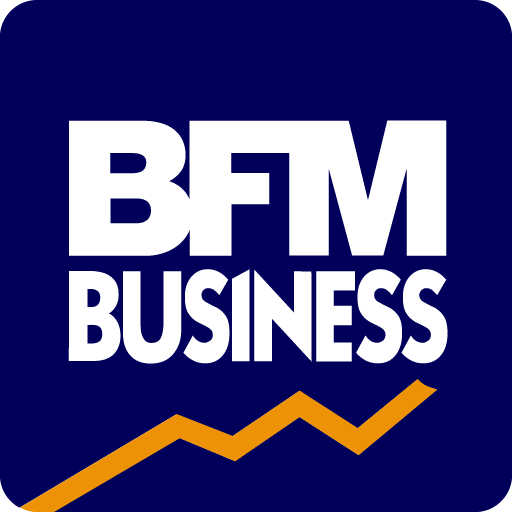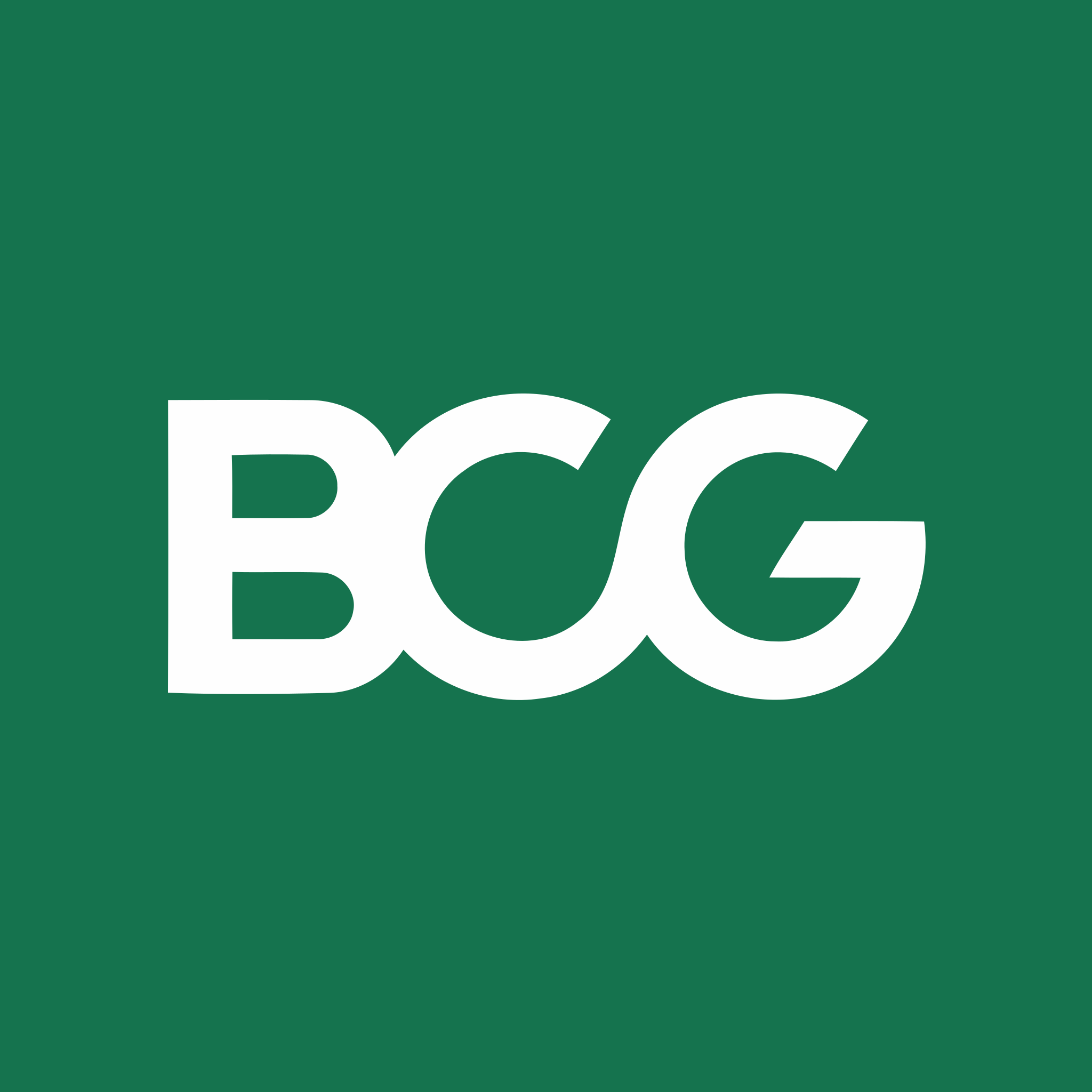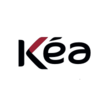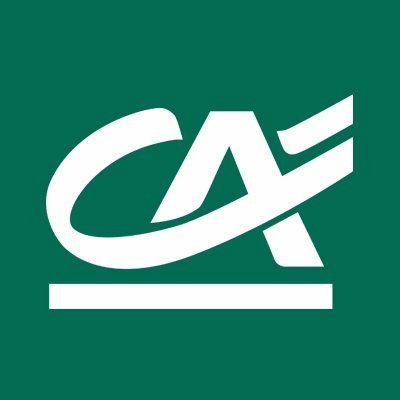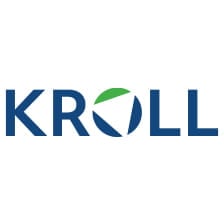Detailed content of our market study
 Inforamtion
Inforamtion
- Number of pages : 35 pages
- Format : Digital and PDF versions
- Last update :
 Summary and extracts
Summary and extracts
1 Market overview
1.1 Definition and scope of the study
Champagne is a sparkling wine made from grapes grown in the Champagne region of France using three main grape varieties: Pinot Noir, Pinot Meuniere and Chardonnay. These grapes are fermented to obtain a wine that contains about 10% alcohol by volume. Champagne is an Appellation d'Origine Contrôlée (AOC) for which the production process is strictly regulated.
Various countries can produce sparkling wines similar to Champagne, but none can be sold or labeled as Champagne. Champagne faces competition from wines from France such as Alsace and Loire Cremants, Italian Prosecco and Spanish Cava, and to a lesser extent from English sparkling wines.
The United Kingdom is the third largest consumer of Champagne in the world in 2022. It has recently been overtaken by the United States in terms of value and volume.
The year 2020 was the year of the health crisis that started a very sharp decline in Champagne sales in the UK. The entry into force of the Brexit on January 1, 2021 then generated many uncertainties on Champagne imports to the UK. But despite this situation, Champagne sales are up in the UK, which is a good sign for the year 2023 although caution is still required.
1.2 A record year in 2022 for Champagne sales worldwide, a good sign for 2023
In ****, ***.* million bottles of Champagne equivalent ** cL were sold in the world (***), for a total turnover of * billion euros [***].
The Champagne winegrowers depend greatly on exports of Champagne throughout the world. In ****, they represented **% of the total volume of production of Champagne [***]. This proportion is up from ****, when the export shares of Champagne bottles were around **.*% (***).
This export share of the Champagne industry's turnover has always been important; at the beginning of the twentieth century, about **% of Champagne volumes were exported, recalling that this sparkling wine was first known abroad.
France is of course the first consumer country of Champagne in the world in ****, with **% of the volumes produced. Among the leaders in Champagne consumption, we find then, in terms of volume:
The United States (***) The United Kingdom (***) Japan (***) Germany (***) Belgium (***)
In terms of value, sales are up by *% compared to **** (***), while volumes are up by *.*% compared to the same year. These two figures indicate that the unit price per liter of Champagne has increased by *.*% in one year. [***]
Evolution of Champagne shipments World, ****-**** Source: ****
On this graph, we can see that the health crisis of Covid-** has deeply impacted Champagne shipments worldwide. But the very good year **** and the ...
1.3 The United Kingdom, third largest consumer of Champagne in the world
The British are, after France and the United States, the third largest consumers of Champagne in the world, with total sales reaching ***.* million euros in ****.
Champagne sales UK, ****-****, in number of bottles Source: ****
In terms of volume, total Champagne imports to the UK in **** amounted to **.* million bottles, or **.*% of total exports by French Champagne houses.
Finally, non-vintage brut Champagnes are by far the most popular among the British, since they represent **.*% of total volumes imported in **** (***).
1.4 Summary of market drivers
Below is a summary and a qualitative evolution of the different criteria having a direct impact on Champagne sales in the UK. This table summarizes the latest trends observed which should continue in the coming years.
2 Analysis of the demand
2.1 Alcohol consumption in the UK is declining
Alcohol consumption in the UK has declined in recent years, from an average of **.* units of alcohol per week in **** to **.* units in ****.
Weekly alcohol consumption United Kingdom, ****-****, in units of alcohol Source: ****
More specifically, regarding Champagne consumption in the UK, the CIVC reports that over the course of ****, an adult consumes an average of *.* liters of Champagne per year [***].
2.2 Typical profile of British consumers
British people are generally good drinkers, especially men between ** and **. Indeed, according to a December **** NHS Digital survey, this cohort would consume **.* units of alcohol per week in **** (***) compared to only **.* units for women in this age group. Overall, the difference between men and women is almost double in terms of alcohol consumption, while the difference by age is more moderate.
Average number of units of alcohol per week
Finally, it should be noted that, according to the same survey, **% of the British adult population never drink alcohol.
2.3 Demand for non-vintage brut Champagne
Among the different qualities of Champagne offered by the sector, the British consume mostly non-vintage brut. This represents **.*% of the total bottles imported in ****, and **% in value. Among the other qualities offered, we find rosé Champagnes, prestige vintages, dosages above brut, dosages below brut and vintage.
d
z
2.4 A trend towards moderation and quality
**% of the British say they are willing to pay more for quality alcoholic beverages and **% enjoy discovering new things. Moreover, **% of Champagne buyers are between ** and ** years old, which is significantly higher than the weight of this age group in the population (***). Thus, the challenge for Champagne will be to reaffirm its excellence by recreating conviviality and proximity with its consumers, while relying on the solid fundamentals of its image [***].
Morevover, the outlook for higher value-added Champagnes is closely linked to the uncertainties associated with the Brexit. The United Kingdom is experiencing *.*% GDP growth in ****, but is expected to experience negative growth in **** (***), and has also experienced inflation of *.*% ****.
Summary of the main indicators for the United Kingdom in ****
3 Market structure
3.1 The brands favored by the British
Moët et Chandon, a brand of the Moët Hennessy group owned by LVMH, is by far the favorite Champagne of the British, with *.** million consumers in **** according to a **** survey by Kantar Media. The group also owns the Champagne houses Veuve Clicquot, Don Pérignon, Krug and Ruinart, among others. All these brands together capture *.* million consumers in Great Britain.
Favourite champagne brand, by number of consumers United Kingdom, ****, in number Source: ****
Other brands abundantly present in the UK market include Bollinger (***).
Largest Champagne brands in terms of sales United Kingdom, ****, in GBP Source: ****
Source: ****
Two brands of the Moët Hennessy group (***). The market is also diversifying, as the sale of sparkling wines from the UK has increased by more than **% in **** and now represents *% of the total sparkling wine market in the UK.[***]
3.2 Champagne in supermarkets and online
Sales in supermarkets and hypermarkets in the UK account for the majority of the total volume of Champagne bottles sold in the country, with a **.*% market share (***), with *.*%, and Internet sales, with **.*%.
The latter distribution channel has grown significantly in recent years, rising from *.*% of total sales in **** to **.*% in ****.
All channels combined, **% of Britons are buyers of Champagne in ****. In ****, sales of Champagne within the mass-market channels will amount to **.* million bottles (***).
The reputation of Champagne is solid and its image is linked to the values of quality, authenticity, elegance and prestige, which represent the main basis of the image of the appellation [***]
Champagne distribution by distribution channel United Kingdom, ****, in % Source: ****
3.3 Details of Champagne shipments
The shipment and sale of bottles of Champagne is divided between the traditional Champagne houses, like the brands mentioned above, the independent winegrowers (***), and the cooperatives of the region which group together grapes and/or Champagne from several winegrowers to market Champagnes in their names.
In ****, traditional houses represented **.*% of the volumes of Champagne sold in the UK, while independent winegrowers accounted for *.*% of the UK market and cooperatives **.*%.
Finally, we can note that the Champagne sold by cooperatives is less expensive than that sold by traditional houses, since it represents only *.*% of market share in value (***).
Details of Champagne shipments, in volume United Kingdom, ****
3.4 The threat of Brexit: an agreement reached
In ****, the United Kingdom made the decision to leave the European Union, which meant leaving the Single Market. The Brexit took effect on January *, ****.
In particular, the WSTA (***) has expressed concerns about the possible increase in production costs associated with Brexit, in the event that no agreement was reached. [***]
An agreement has finally been reached. This agreement can be explained by the historical links between Champagne and the United Kingdom. Indeed, the UK has long been the largest importer of Champagne in the world.
Consumers are thus not impacted by the Brexit (***), this is reflected in sales that have not decreased and have even increased in recent years since the effective implementation of the Brexit. [***]
As an indication, here are the tariffs for other non-EU exporting countries to the UK:
Source: ****
Nevertheless, to be sold on the British market, champagne must comply with the labelling rules imposed by English law, in particular the mention "imported by" indicating the name and address of the producer. This measure was supposed to be implemented in October ****, but has been postponed until ****. [***]
4 Analysis of the offer
4.1 Packaging and sales formats
The different sizes of Champagne bottles
There are more than ten different sizes of Champagne bottles, each with a particular name. Some sizes were first conceived in a practical sense, others are more collection bottles, especially for large volumes. [***]
The quarter: ** cl (***), mainly used in airlines and shipping companies. Half-bottle: **,* cl (***), welds moments of friendship. Medium: ** cl (***). Standard bottle or champenoise: ** cl (***), the most famous bottle.
Beyond this size, only magnums or jeroboams age in their container.
Magnum: *.* L (***). Jeroboam : * L (***), named after a king of Israel. Rehoboam : *,* L (***). Methuselah : * L (***), Noah's ancestor in the Bible. Salmanazar: * L (***), as a lineage of king of Assyria of the *th century BC. Balthazar: ** L (***), last king of Babylon. Nebuchadnezzar: ** L (***), great king of Chaldea, who made Babylon the metropolis of the western world. Solomon: ** L (***), weighs ** kilos and measures ** cm x ** cm. Sovereign: **.** L (***). Primate: ** L (***), weighs ** kilos. Melchisedec or Midas: ** L (***).
Packaging
Champagne boxes are a ritual for traditional houses, and ideas abound to stand out in eccentricity or sobriety.
We can distinguish the precious boxes in a first time, thought for aesthetic purposes, bigger, softer than a traditional box. These boxes also allow the sale of much more expensive bottles. The ...
4.2 Local and international pricing
The price of Champagne bottles varies greatly depending on the country of destination. It is obviously cheaper in the country of production, i.e. exclusively in France, and can quickly explode in some countries where demand is very high.
For example, the strategic market research firm Euromonitor has established a comparison of prices in different countries of a Champagne Moët et Chandon - Grand Vintage ****, whose results are summarized in the table below. It can be seen that the price of such a bottle in the UK is *.** times more expensive than in France. The most expensive country to find a bottle of this house is Singapore, where the price of this Moët et Chandon is about ** times more expensive than in France.
Price of a Moët et Chanton - Grand Vintage **** in different countries of the world
Source: ****
4.3 Champagnes, mixes and cocktails
More and more mixology recipes are emerging with Champagne as the main ingredient. This product, which was initially drunk alone during festive events, is gradually being combined with other ingredients to adapt to market demands.
Among the trendy Champagne-based cocktails, there is the mimosa (***).
On another trend, organic Champagne is also developing, and producers are gradually converting to this new mode of operation. According to the CIVC, **% of the areas are under environmental certification in **** and the objective is to reach ***% of the surfaces in ****.
In ****, organic viticulture covers *.*% of the Champagne's surface area out of the **,*** hectares of the appellation.
The organic certification implies to respect the European regulation on the subject, i.e. not to use any synthetic product, or copper or sulfur. Regarding the wine making, the European regulation n°***/**** stipulates that:
All ingredients used in the composition of the wine must be certified organic. The sulfur dioxide content does not exceed *** mg/L. All stages of winemaking must be validated by a certification.
5 Regulation
5.1 A strictly controlled appellation
The rules of the Appellation d'Origine Contrôlée Champagne are very rigorous, and include
A strictly delimited area. A list of authorized grape varieties: chardonnay, pinot noir, meunier, pinot blanc, pinot gris, arbane, petit meslier. A regulated pruning of the vine: Royat, Chablis, Guyot, Vallée de la Marne. Limitation of the yield of grapes per hectare. Yield at pressing. Minimum degree of alcohol in power, at harvest. Second fermentation in bottle and maturation on lees for a minimum of ** months for non-vintage wines, * years for vintage wines.
Champagne became AOC on June **, ****, thus ratifying several decrees dating from ****, **** and ****. Since the reform of the INAO in ****, the Champagne appellation is governed by the specifications of the appellation dated ** November ****.
All the regulations concerning the Champagne appellation are described by the Union des Maisons Champagne, which also references all the houses under this appellation.
5.2 Labelling and mandatory information
Mandatory information must appear on the label affixed to the bottle [***] :
The name of sale constituted by the appellation "Champagne" must appear in very visible characters and be repeated on the part of the stopper contained in the neck of the bottle or, in the case of a bottle with a nominal content of *.** liters or less, on another internal part of the appropriate closing device. The name or company name of the winegrower, the name of the municipality of its headquarters (***). The mention of the sugar content: "extra brut", "brut", "extra dry", "dry", "semi-dry" or "sweet". The professional registration number issued by the Champagne Committee preceded by the initials that give information on the professional category of the producer. The origin: "Product of France" or equivalent terms, the acquired alcoholic strength, the nominal volume, the batch number, the allergens, the health message or the "pregnant woman" logo The capsule: the CRD (***), the number appearing on them being then " ** ".
List of the names of Champagne according to the sugar content
Source: ****
5.3 Sale of alcohol in the UK
Within the UK, the sale of alcohol is strictly limited to licensed pubs, restaurants, and stores. There are two licenses to sell alcohol in the UK:
A Premises Licence which prescribes the hours and conditions of sale A Personal licence which allows individuals to sell alcohol or to authorize the sale by others.
The purchase of alcohol is permitted from the age of **. The purchase of alcohol by an adult for a minor is punishable by law for both the seller and the buyer. However, there are exemptions for ** and ** year olds if they are supervised by their parents or legal guardians.
The Licensing Act (***) Act ****.
Finally, advertising for alcoholic beverages in the media or on the street is strictly regulated by the Advertising Standards Authority.
These regulations have slightly reduced alcohol consumption in this binge-drinking country. Young people (***), for example, were **% to drink alcohol regularly in ****. They are half as much twelve years later. [***]
6 Positioning of the actors
6.1 Segmentation
- Moët et Chandon (Groupe MHCS / LVMH)
- Laurent Perrier Groupe
- Lanson BCC
- Veuve Cliquot Ponsardin (MHCS Groupe)
- MHCF Groupe (Dom Pérignon)
- Charles Heidsieck
- Taittinger
- Mumm (Pernod Ricard Groupe)
- Piper Heidsieck
- Asda
- Sainsburys
- Tesco
All our studies are available online in PDF format
Take a look at an example of our research on another market!
 Choosing this study means :
Choosing this study means :
Access to more than 35 hours of work
Our studies are the result of over 35 hours of research and analysis. Using our studies allows you to devote more time and added value to your projects.
Benefit from 6 years' experience and over 1,500 industry reports already produced
Our expertise enables us to produce comprehensive studies in all sectors, including niche and emerging markets.
Our know-how and methodology enable us to produce reports that offer unique value for money.
Access to several thousand articles and paid-for data
Businesscoot has access to all the paid economic press as well as exclusive databases to carry out its market research (over 30,000 articles and private sources).
To enhance our research, our analysts also use web indicators (semrush, trends, etc.) to identify market trends and company strategies. (Consult our paying sources)
Guaranteed support after your purchase
A team dedicated to after-sales service, to guarantee you a high level of satisfaction. +44 238 097 0676
A digital format designed for our users
Not only do you have access to a PDF, but also to a digital version designed for our customers. This version gives you access to sources, data in Excel format and graphics. The content of the study can therefore be easily retrieved and adapted for your specific needs.
 Our offers :
Our offers :
the champagne market | UK
- What are the figures on the size and growth of the market?
- What is driving the growth of the market and its evolution?
- What is the positioning of companies in the value chain?
- Data from several dozen databases








